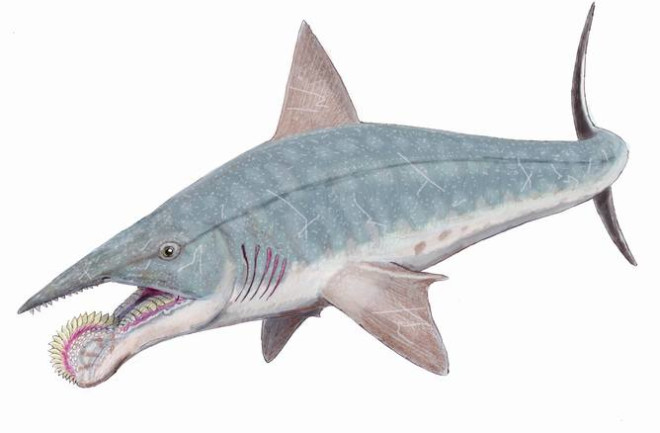The release of Jurassic World has reignited our love for paleontology. Many of us share a longing to understand the dinosaurs that roamed the Earth long before we arrived. But paleontology is a discipline much broader than this.
Dinosaurs dominated the land for 135 million years, but what happened during the rest of the Earth’s 4.6 billion-year history? The role of paleontologists past and present has been to unravel the mysteries of life on Earth, and in doing so they’ve found a lot more than just dinosaur bones.
1. Spiky-Backed Ocean Dweller
Hallucigenia was discovered when a 508 million year old fossil was found in 1911 in the world-famous Burgess Shale fossil site in Canada. Since then, our understanding of this ocean-dwelling creature has changed dramatically.

